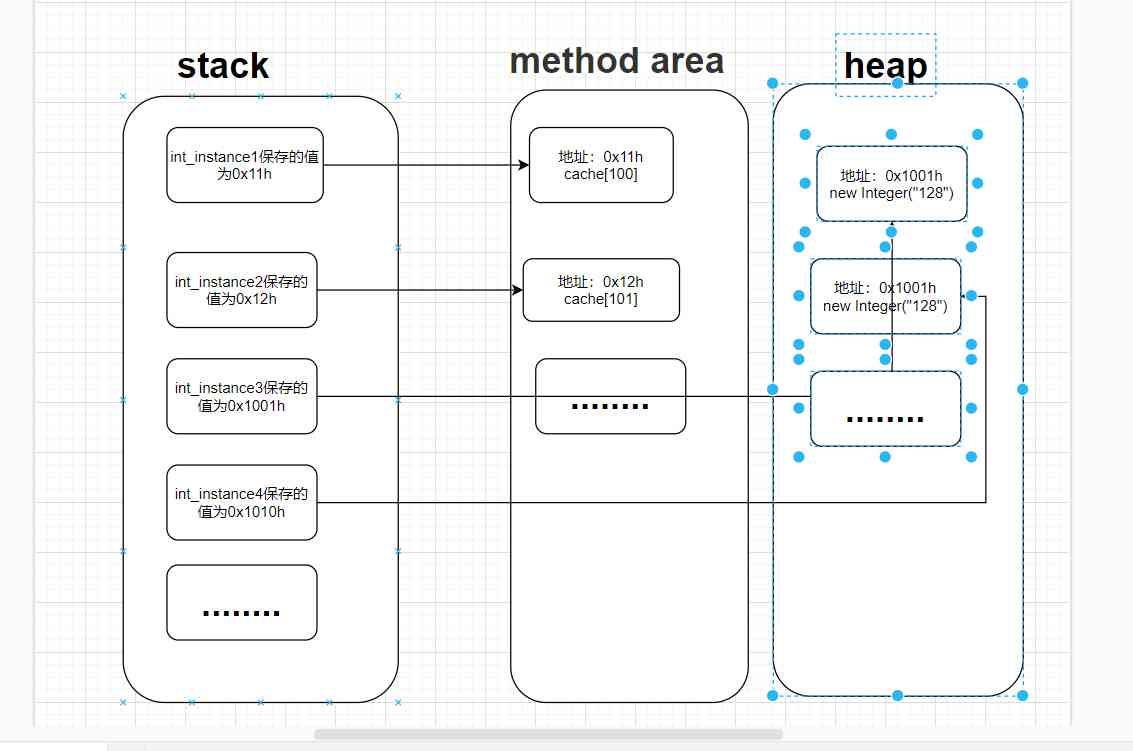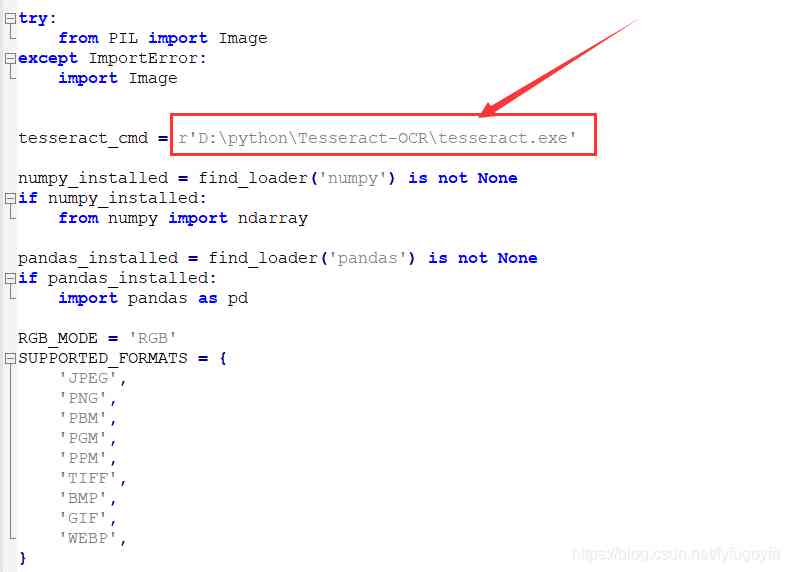Learn to record and analyze
Record the difficulties in learning , A little white !
I have not read the source code , Pure Xiaobai , I wrote this article just to improve myself !!! I hope you can point out the mistakes .
Curious, I looked through Integer.valueOf() Method source code
public static Integer valueOf(int i) {
if (i >= IntegerCache.low && i <= IntegerCache.high)
return IntegerCache.cache[i + (-IntegerCache.low)];
return new Integer(i);
}
First of all, the parameters explain :
static final int low = -128;
static final int high;
static final Integer[] cache;
static Integer[] archivedCache;
high No assignment , So we continue to track down high attribute
static {
int h = 127;
// If you specify -Djava.lang.Integer.IntegerCache.high=XXX( Enter your own data ) Parameters
// The following statement will be executed , Then dynamic settings h yes 127 Or set the input data
String integerCacheHighPropValue =
// The method is by passing a key, Get the value set manually at startup
VM.getSavedProperty("java.lang.Integer.IntegerCache.high");
if (integerCacheHighPropValue != null) {
try {
h = Math.max(parseInt(integerCacheHighPropValue), 127);
//
// public static int max(int a, int b) {
// return (a >= b) ? a : b;
// }
// Maximum array size is Integer.MAX_VALUE
//32 Bit system 2147483647=2^32
h = Math.min(h, Integer.MAX_VALUE - (-low) -1);
} catch( NumberFormatException nfe) {
// If the property cannot be parsed into an int, ignore it.
}
}
// find high The value of the property is determined by h Local attribute assignment
high = h;
// Load IntegerCache.archivedCache from archive, if possible
VM.initializeFromArchive(IntegerCache.class);
int size = (high - low) + 1;// Can be saved 256 Number .
// As for why 256? I'm not going to talk about , Suggest yourself to search the computer storage data related concepts !
// Use the archived cache if it exists and is large enough
if (archivedCache == null || size > archivedCache.length) {
Integer[] c = new Integer[size];
int j = low;
//c.length=256
//j=-128
for(int i = 0; i < c.length; i++) {
c[i] = new Integer(j++);
}
// Array c Corresponding 256 Number ,c[0] Corresponding -128,c[256] Corresponding 127
// It's clever
archivedCache = c;
}
cache = archivedCache;
// range [-128, 127] must be interned (JLS7 5.1.7)
// Assertion , If the maximum value is less than 127 Throw an exception
assert IntegerCache.high >= 127;
}
Now let's go back to
public static Integer valueOf(int i) {
if (i >= IntegerCache.low && i <= IntegerCache.high)
// As mentioned before, the design is very clever
//i Why add -(-128)? Do you understand !
// The reason is because cache The first of an array of 0 Bit save is -128!
return IntegerCache.cache[i + (-IntegerCache.low)];
return new Integer(i);// If it's not in that range , Then create an instance
}
Now we see that if the argument is in -128 To 127 Between , It will directly take the instance object from the static method area , This is done to reduce the cost .
The following validation
Integer int_instance1 = Integer.valueOf("100");
Integer int_instance2 = Integer.valueOf("100");
System.out.println(int_instance1 == int_instance2);
The result of the operation is true
Integer int_instance1 = Integer.valueOf("100");
Integer int_instance2 = Integer.valueOf("101");
System.out.println(int_instance1 == int_instance2);
The result of the operation is false
The reasons are explained in the following table , A simple drawing

Integer int_instance1 = Integer.valueOf("128");
Integer int_instance2 = Integer.valueOf("128");
System.out.println(int_instance1 == int_instance2);
The result is false

